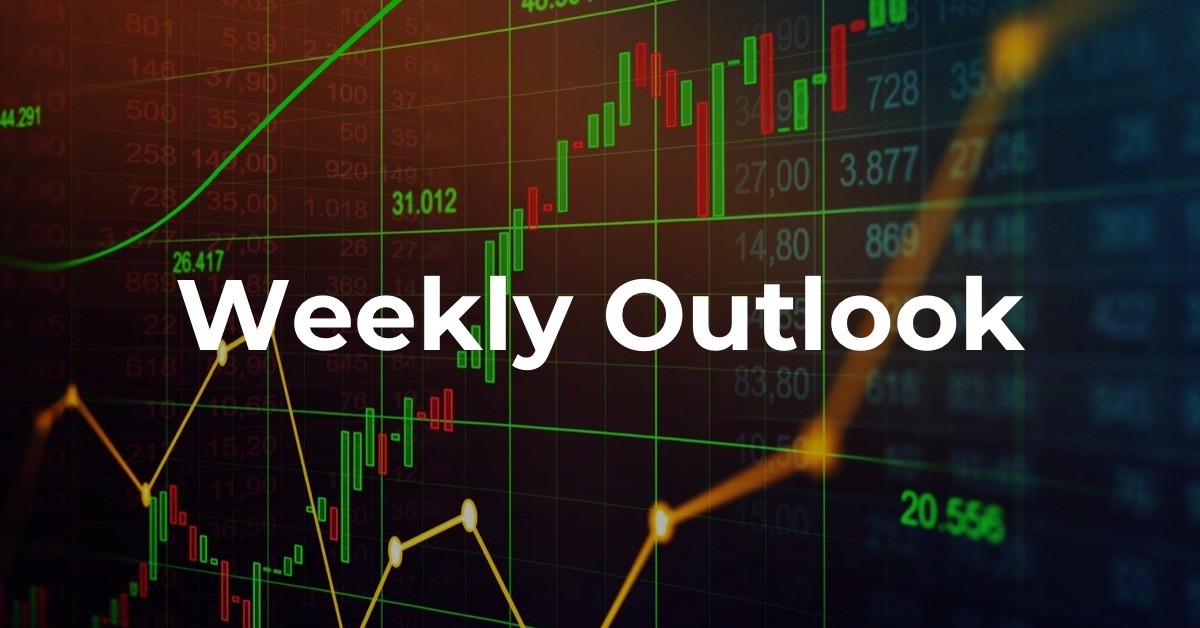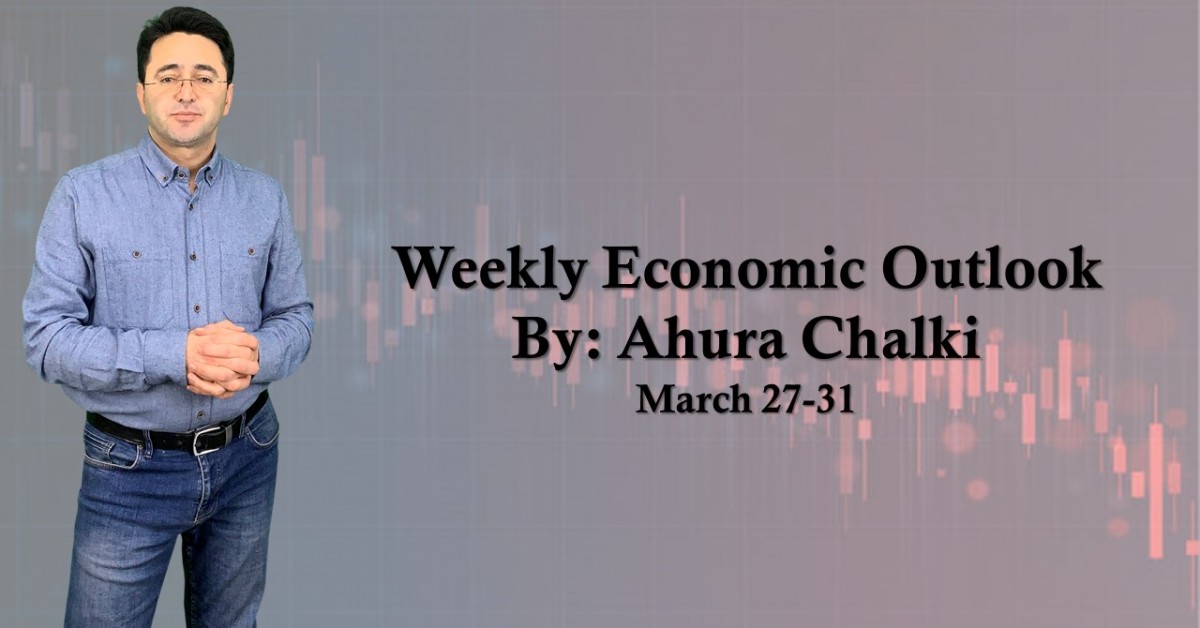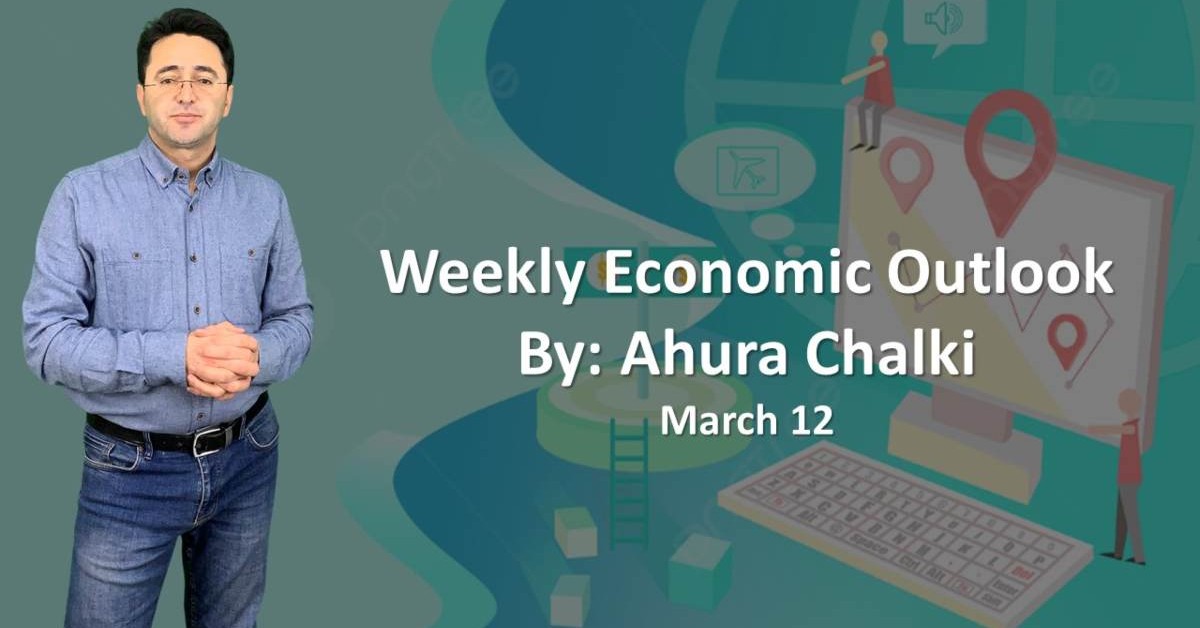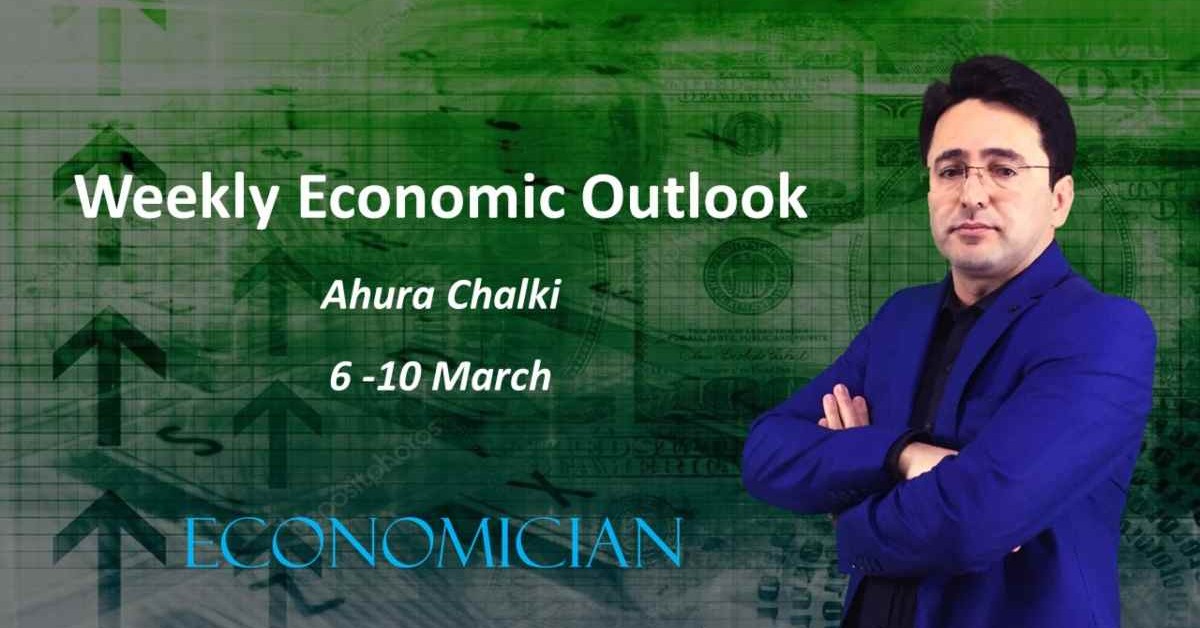Eyes on Central Banks
We are waiting for a very volatile week focusing on central banks in the United States, United Kingdom, and Australia. While market participants are waiting for policy makers' decisions, Ukraine Crisis and Food Security are weighing more and more on the world economy. Ukraine reports that Russia is preparing to increase military action in the east. On top of that, this week also includes NFP and employment data from Canada, Europe, and New Zealand to watch.
ISM Manufacturing & Services PMI - Monday & Wednesday
Both service and manufacturing sectors still suffer from qualified labor and supply constraints. In March manufacturing index slowed to 57.1, but the services index increased to 58.3. For April, both indexes are expected to ease and stress the effects of ongoing geopolitical tensions and inflation fears.
Monetary policy meeting and interest rate decisions in Australia - Tuesday
Australian inflation and Chinese lockdowns put more and more pressure on Australia's economy every day. Australia's CPI lifted 2.1% q/q in the first quarter of the year, while the annual rate jumped to 5.1% y/y. Aussie dollar and New Zealand Kiwi experienced one of their worse performance with almost 6 and 7 percent losses in April. Like other central banks, inflation and economic growth are the primary concern, and any decision to control one makes the other worse. We expect a bit Hawkish decision or at least tone in the announcement, which is supposed to help the Aussie dollar regain some of its April losses.
FED May Meeting - Tuesday & Wednesday
FOMC's two-day meeting will start on Tuesday, May 3. And Wednesday evening we will have the FED monetary policy announcement and Chair Powell's press conference. Inflation increases with ongoing geopolitical tensions, higher energy and food prices, and supply chain disruption. Aggressive decisions will be harmful to the stock markets and vice-versa. On the other hand, the labor market has significantly improved to increase the risk of aggressive action by the FOMC than projections. According to the CME group, the chance of a 50bp rate hike is more than 97%.
Bank of England policy meeting - Thursday
The Bank of England (BoE), the first G7 member to increase the rates, is expected to increase interest rates by another 25bp this Thursday; therefore, the BOE interest rate by the end of the week will be 1.00%. At the same time, we will have the BOE economic and inflation outlook. We expect the BoE's economic projection to include an upward revision to its CPI inflation forecast and a downward revision to its GDP growth forecast. Expected decisions and outlook are supposed to put more pressure on British Footsie.
US Nonfarm Payrolls - Friday
431K net created new jobs in March was much less than February and estimates. For April also it is expected to fall more, down to 380K. While in the first quarter, we had 562K jobs added per month on average, these numbers can highlight the effect of slower economic growth and higher inflation. Also, higher expected wages can be another reason for fewer hiring. However, it is still can be a good number. The labor force participation rate rose to a fresh cycle high of 62.4% in March, and it is expected to stay at the same level for April as well. Since the NFP numbers will be out just two days after the FED meeting, it should not significantly affect the market.


















